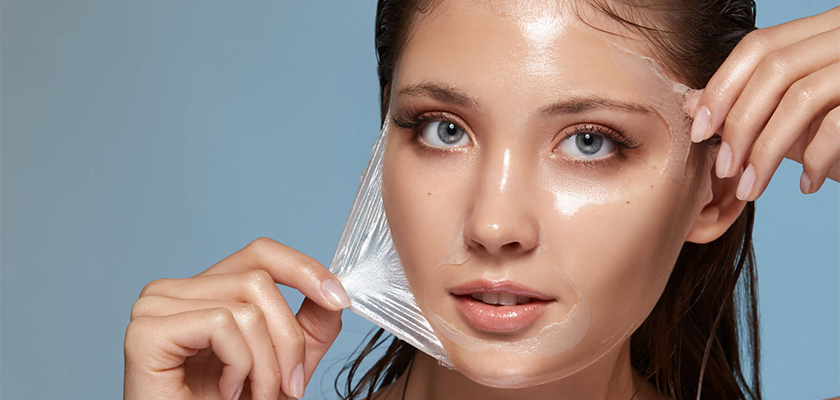Chemical peeling is the process of controlled peeling of the upper layers of the skin with the help of solutions applied on the skin. With the peeling process, wound healing mechanisms are activated, collagen and elastin production increases, a more lively, bright, smooth, homogeneous skin structure can be obtained.
Chemical peeling can be applied to the face, eyelids, neck, décolleté and hand areas in order to revitalize the skin, treat fine wrinkles, remove acne and its scars, and unwanted spots on the skin.
Which Substances Are Used in Chemical Peeling?
The most commonly used acids in chemical peeling application are glycolic acid, trichloroacetic acid (TCA), salicylic acid, Jessner solution. The physician decides which acid will be applied to which patient.
In Which Situations Is Chemical Peel Applied?
Chemical peeling is used to remove fine wrinkles, treat acne and acne scars, spot problems, increase moisture retention in the skin and correct the dull appearance of the skin.
What Are the Types of Chemical Peels?
Chemical peeling is divided into three as superficial, medium and deep according to the depth level of the process. This classification was made according to which layer of the skin peeling method is applied.
Session Duration and Number of Sessions
The sessions take an average of 30 – 60 minutes depending on the size of the area to be treated. in progress. The number of sessions varies from person to person and according to the type of application.
Pre-Application Warnings
Preparing the skin with topical products containing retinoic acid or alpha hydroxyacid approximately 2 weeks before the application of chemical peeling increases the effectiveness of the treatment.
Starting at least 1 month before the application, sun protection should be provided with suitable products.
How is Chemical Peel Made?
After the skin is cleaned and degreased, the appropriate solution is applied to the skin with the help of a cotton-tipped applicator or a brush. After the appropriate waiting time, the peeling solution is removed from the skin with the help of neutralizing agent or water. The treatment is completed by applying moisturizer and high factor sunscreen.
Warnings After Chemical Peel
- After the procedure, the sun should be protected with high factor sunscreens and the solarium should be avoided.
- In order to prevent the formation of postinflamatory hyperpigmentation, the crusts should be allowed to shed spontaneously.

